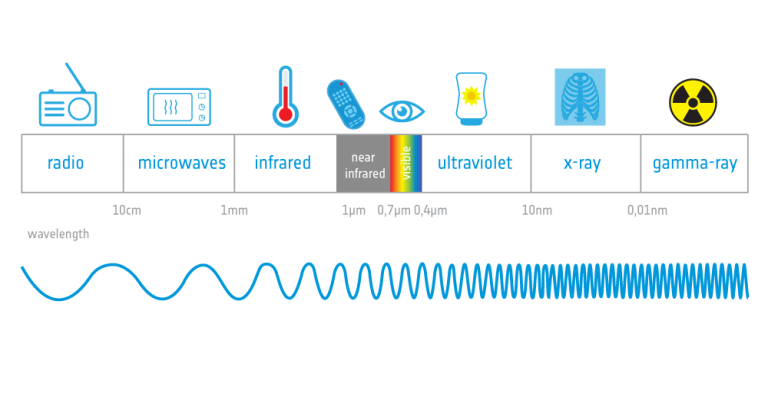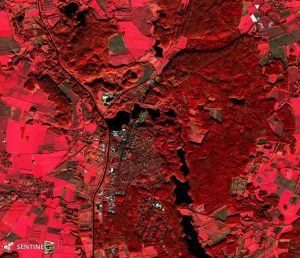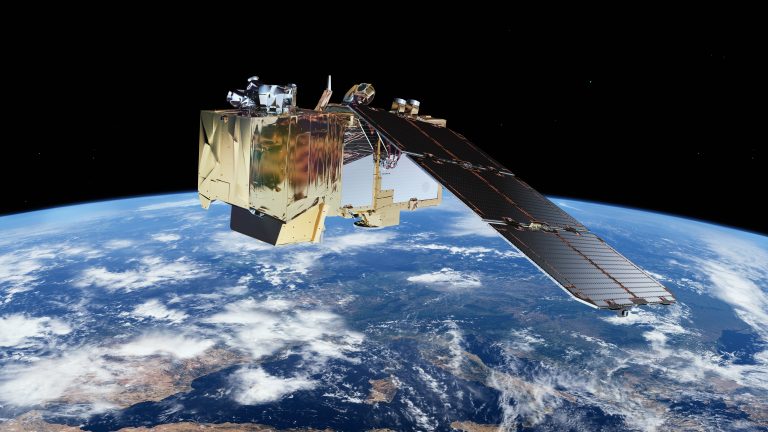Infrared Webcam Hack – Using infrared light to observe the world in a new way
This set of three activities will enable students to understand the electromagnetic spectrum and observe infrared radiation through the modification of a cheap webcam. It will enable discussion of how infrared radiation can be used to obtain information that is not available using visible light. Students will also analyse satellite images providing them with a context to understand why it is useful to “see” in infrared.
Subject Physics, Geography
- Identify the different types of electromagnetic radiation
- Describe different applications of infrared light
- Use tools available on the internet to collect and analyse satellite data
- Understand how infrared light can be used to monitor the health of vegetation
- Identify false colour and true colour satellite images

- 1 webcam with manual focus ring on the front
- 1 drawing pin or a similar pin
- Two pieces of exposed photographic film or a polarising filter large enough to cover the lens
- Clear tape
- Scissors
- Computer
- Infrared camera (from activity 1)
- Remote control
- Led light
- Candle
- Healthy plant and fake plastic plant

Did you know?
The European Space Agency (ESA) has helped develop lots of satellites that use different types of cameras for looking at Earth. A group of missions called the Sentinels aim to improve our understanding and management of the Earth’s environment. One of the missions is called Sentinel-2 and consists of two twin satellites. The cameras onboard the
satellites take images in visible as well as in infrared light, and they cover the whole planet every five days! Sentinel-2 can be used to monitor plant growth, map changes in land cover, and monitor the world’s forests.

The Power of Earth Observation
We are all intricately interconnected to our Earth – from the trees that provide us with oxygen, to the natural sources that shape our landscape. ESA’s Earth observation programme is at the forefront of monitoring...
Astro farmer
Brief description:In this set of six activities, students will investigate which factors affect plant growth, and relate these factors to...
Paxi – The Water cycle
Brief description: Join Paxi as he visits Planet Earth, and learn about the water cycle. In this video, targeted at...


